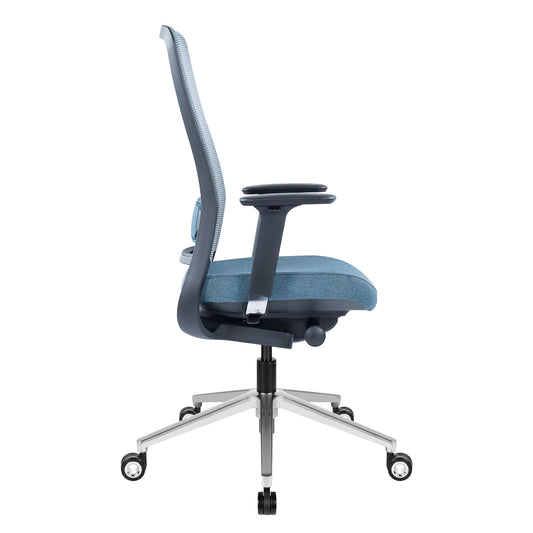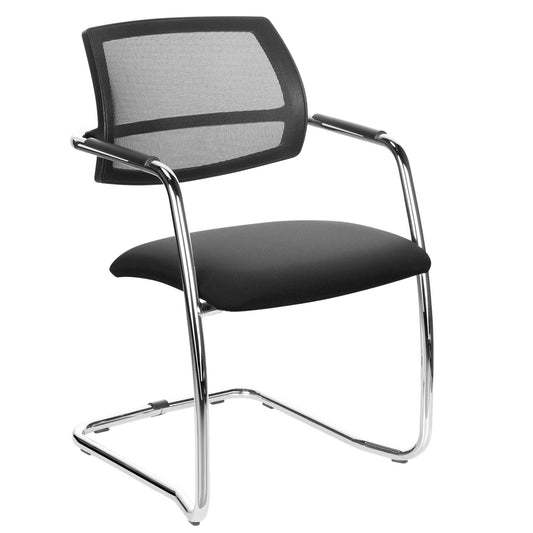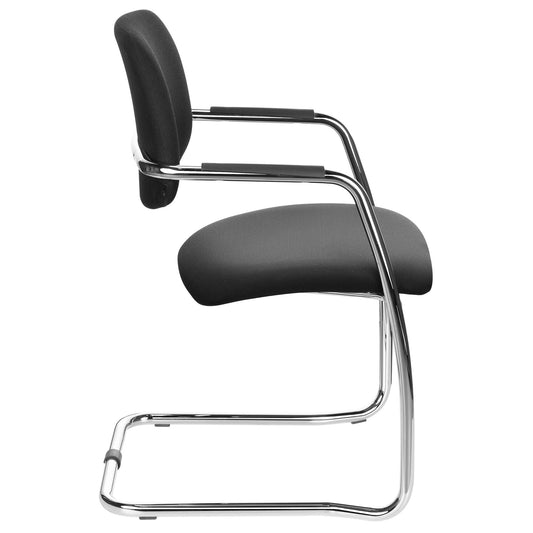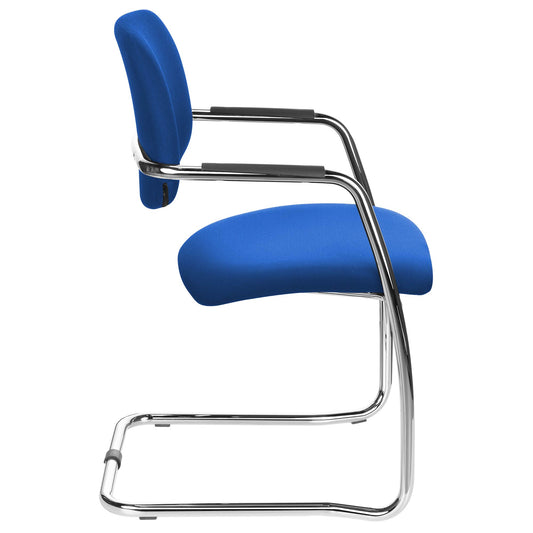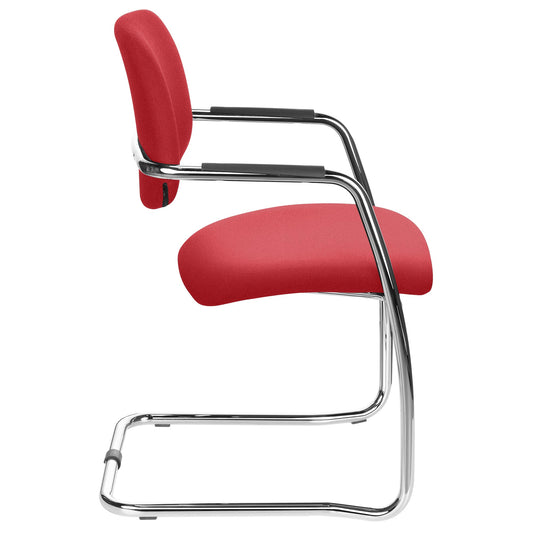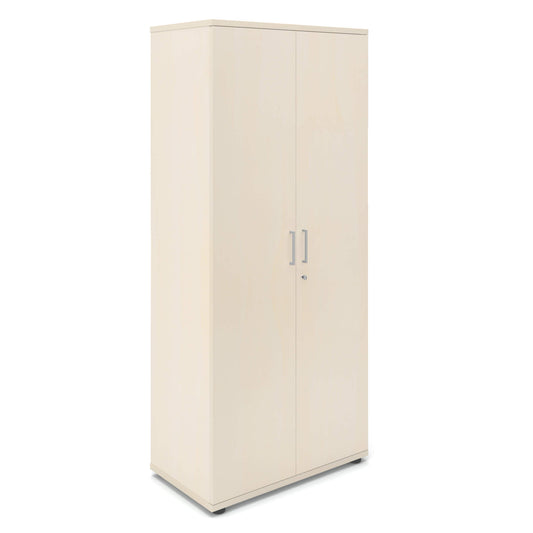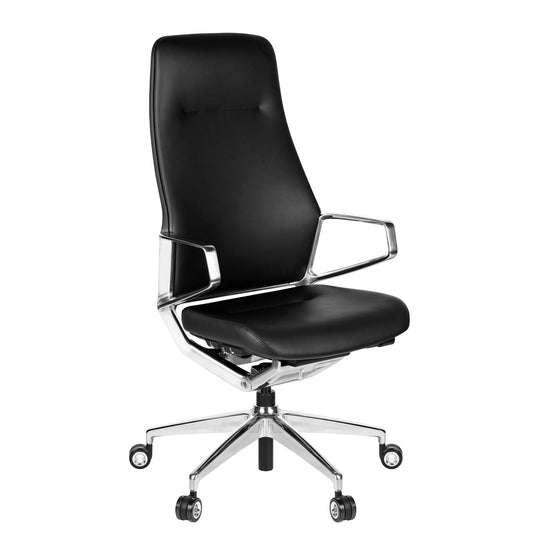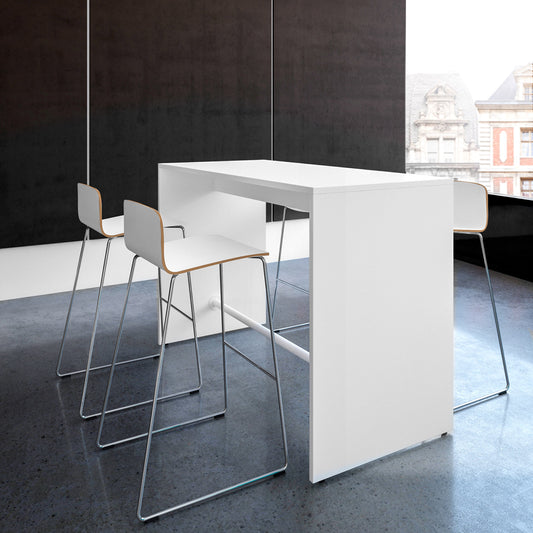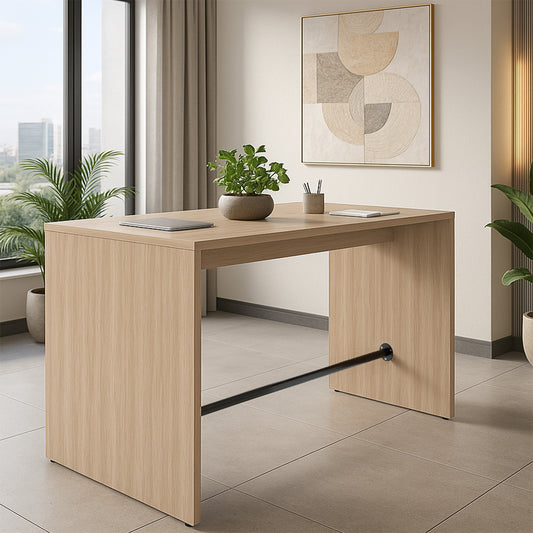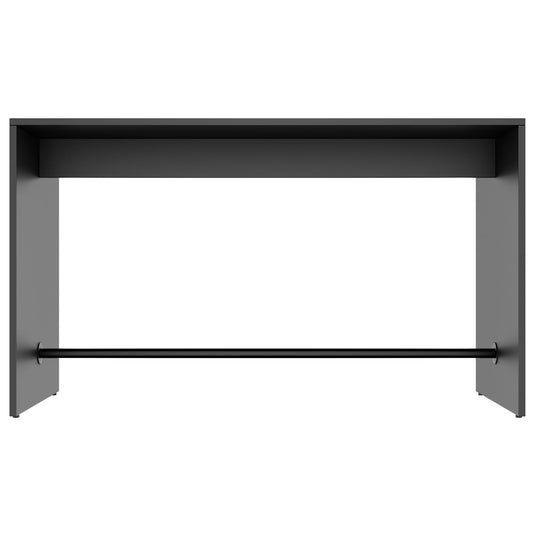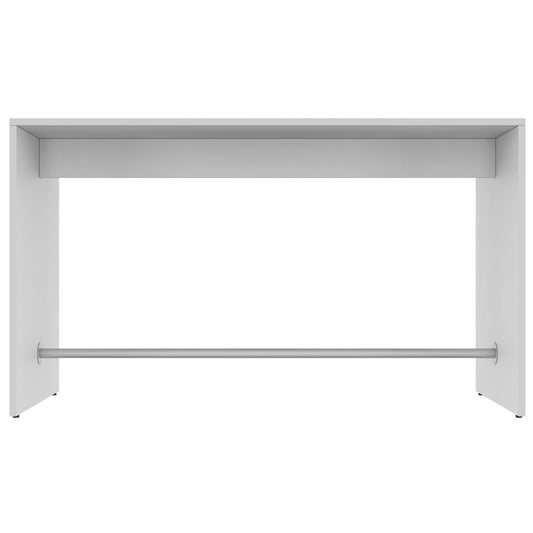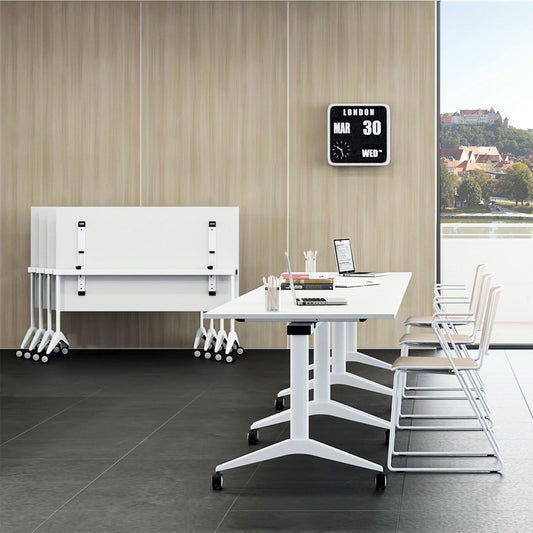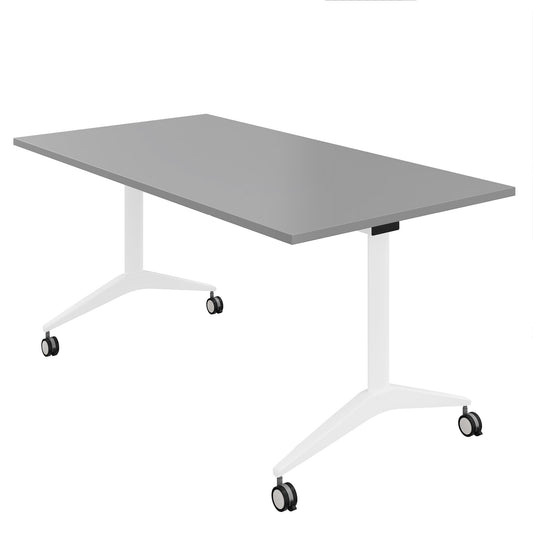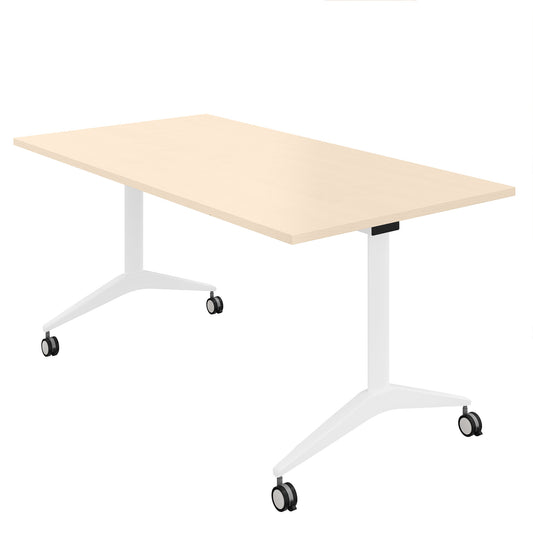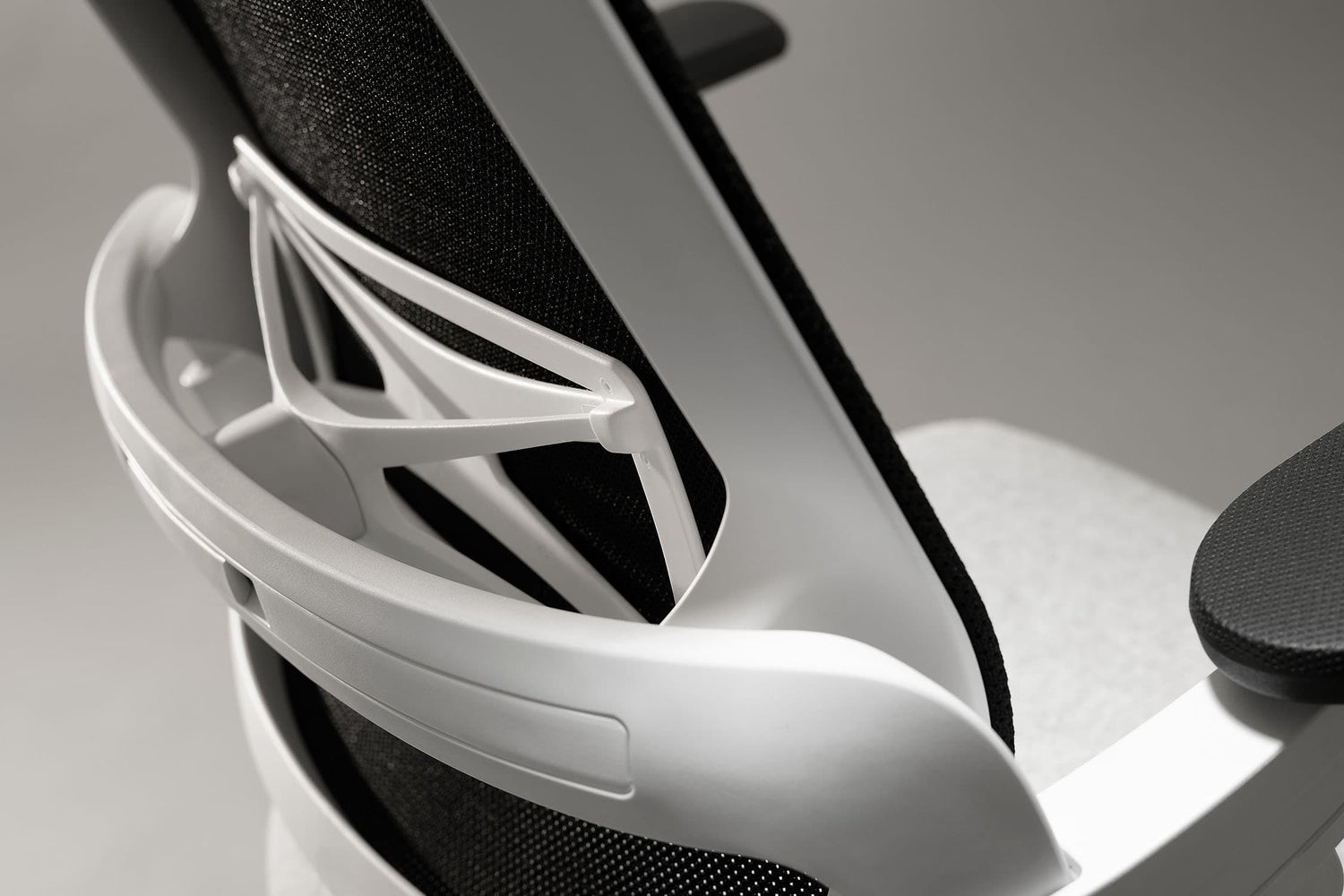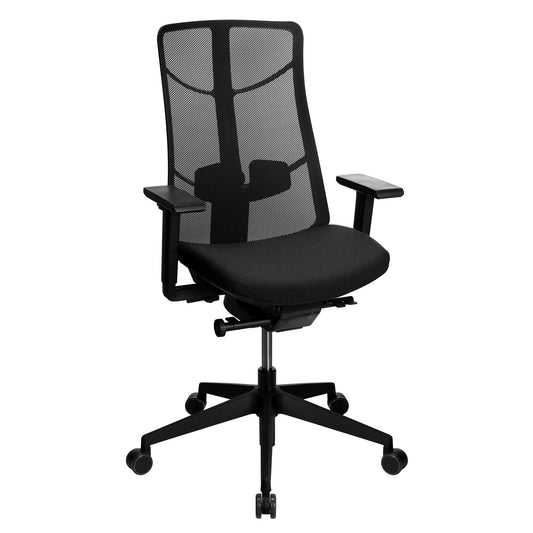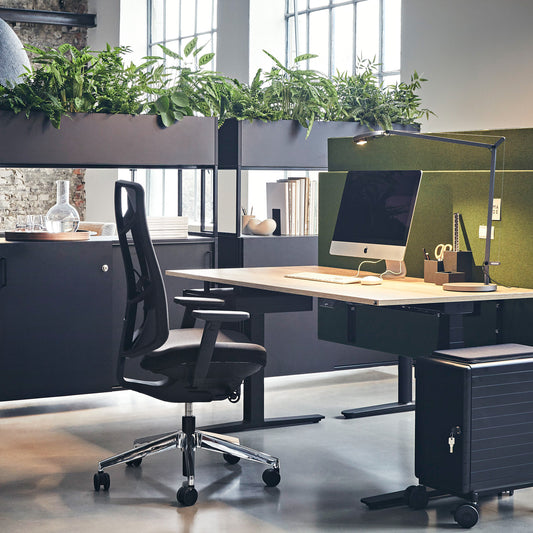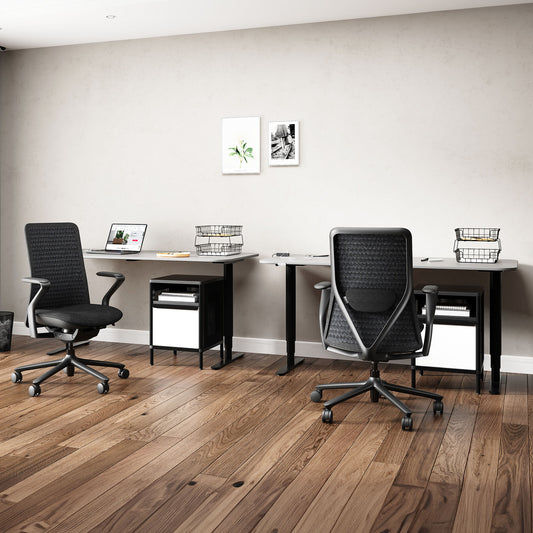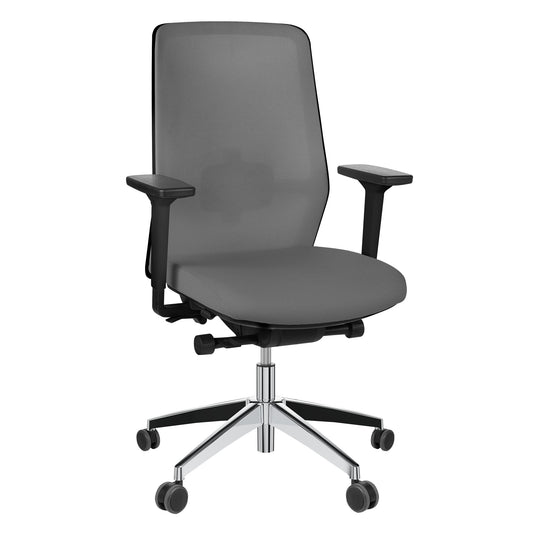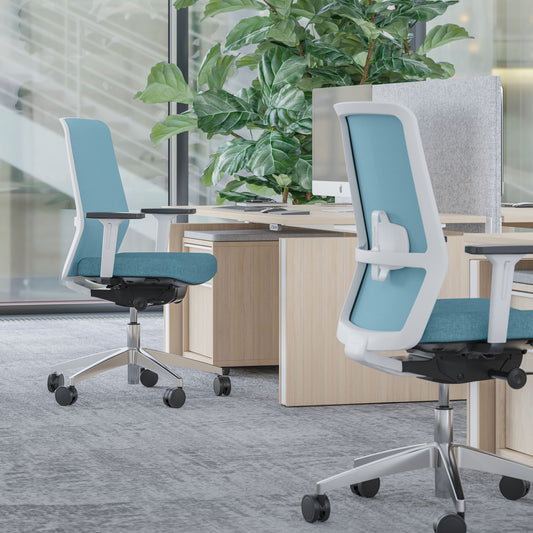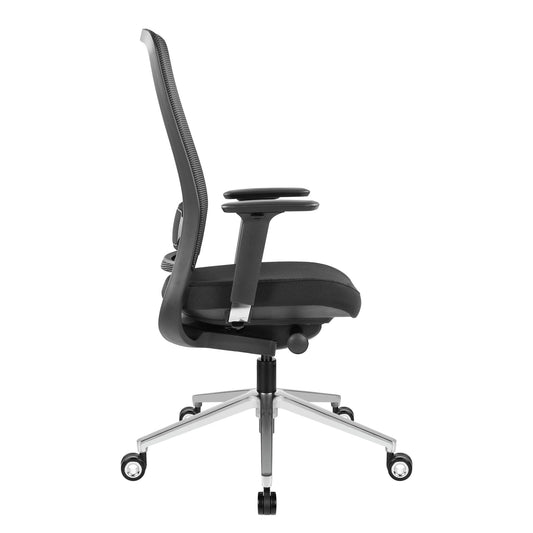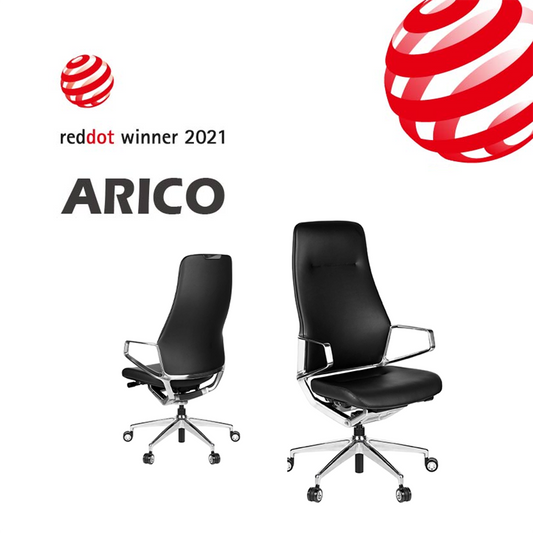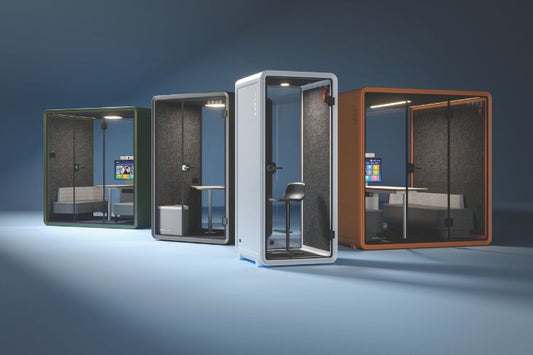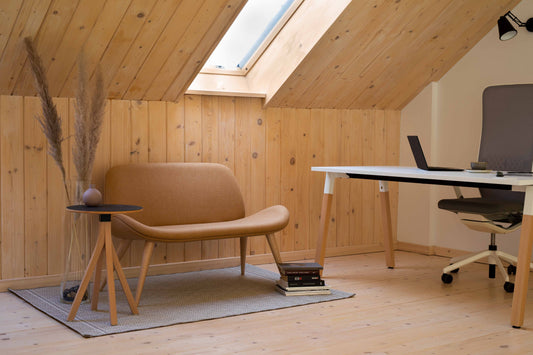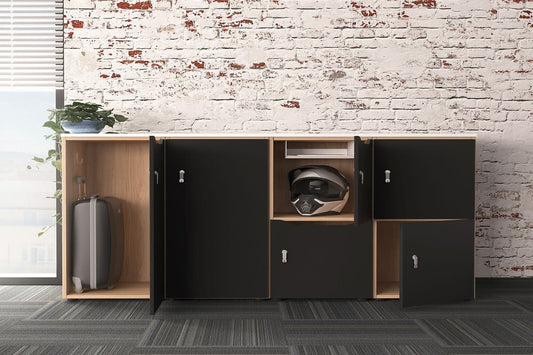What is the lordosis?
Before we can deal with how you set the lordosis support correctly, we first have to take a look at the human anatomy and understand what the lordosis is. The lordosis describes the natural curvature of the spine, which is straightened forward, which is particularly pronounced in the areas of the lumbar and cervical spine. If you look at the spine from the side, one is drawn up Double S-shape away. This is characterized by two types of curvatures: the forward Lordosis in the lumbar and cervical spine and the Kyphosis in the thoracic spine that is directed to the rear. The harmonious interplay of these curves supports our mobility and ensures a balanced posture. Without the lordosis, our ability to carry loads efficiently and to intercept shocks would be considerably restricted. There are wide back muscles on both sides of the lumbar spine, which are supposed to support the spine in combination with the abdominal muscles.
Why does a lordosis support make sense?
At this point the lordosis support comes into play. She is also known as Lumbar support or Lumbar support And is an ergonomic tool that was specially developed to support the natural lordosis of the lumbar spine. By maintaining this natural curvature, the lordosis support helps to promote a healthy attitude and avoid back pain.
The lordosis support works by gently pressing the lower back into a natural, slightly vaulted position. This relieves the muscleswho otherwise have to work constantly to keep the spine in its natural shape. When these muscles are tired, the healthy curvature of the spine can flatten or even bend backwards, which often leads to pain and a so -called round back. However, too much curvature can also arise, known as hyperlordosis or hollow cross, which can also be caused by sitting too long or a dysbalance between back and abdominal muscles.
If you spend many hours at the desk, a lordosis support is ideal for your back - especially if you don't height -adjustable desk can use. A good lordosis support is adjustable and can be adapted to your individual back shape in order to offer optimal comfort and support. By holding the spine in the preferred natural position, it helps to prevent long -term damage and pain and increase general productivity and well -being at work.
How do you optimally set the lordosis support of your office chair?
In good ergonomic office chairs a lordosis support is integrated by default. How you set this is crucial to draw the maximum benefit from it. Here comes a step-by-step instructions for participating:
- Take the seating position: Sit comfortably on your office chair so that your buttocks are on the backrest as far as possible.
- Set height: Adjust the height of the lordosis support so that it fits exactly into the area of your lumbar spine, where the natural curvature is strongest. The support should usually be positioned at the level of the pelvic crest or something above it.
- Adjust deep (if possible): adjust the depth to achieve the desired pressure and the required support for your lower back. A deeper setting offers more pressure and can be helpful if you sit for a long time.
- Check comfort: Lean back and check whether the support supports your back comfortably and effectively. You shouldn't feel pressure points that could be uncomfortable after sitting for a long time.
- Provide fine adjustment: Experiment with small adjustments in height and depth until you find a comfortable position.
- Regular review: The settings of the lordosis support should be checked regularly, especially if you have the feeling that your seating comfort has changed or you develop new pain.
Overall, it is important that the support is not too high, as this can burden the upper back, and not too low, as this reduces the effectiveness. The combination of a well -set office chair and dynamic sitting Can help effectively reduce back pain.
Alternatives to integrated lordosis supports
Your office chair has no lordosis support? Then you can fall back on flexible alternatives. An option are, for example Lumbar pillowthat are available in different materials, sizes and shapes. You can simply lay this in front of the back of your chair or armchair and position it in the most convenient point. The mobile support offers you the advantage that you can easily transport them and can use them on different seating. A dynamic workplace with height -adjustable desks Also supports your back health: active standing stimulates your muscles and promotes the mobility of your spine.
Our conclusion? Take an example on the banana: keep your natural spine curvature for continuing health and work without back pain. You can find office chairs with an integrated lordosis support in our range - we will be happy to advise you!

